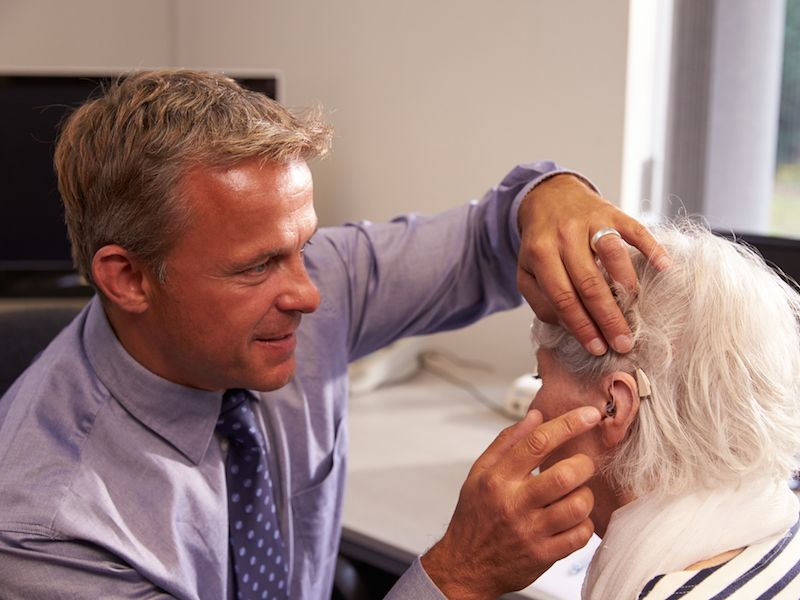
The numbers don’t lie: you will probably require hearing aids someday. A study from NIDCD states that approximately a quarter of all people from 60 to 75 have some form of hearing loss, and that number jumps up to 50% for people 75 and older. The best method to combat age-related loss of hearing is to use a hearing aid, but how do you know which type is the right one for you? Breakthroughs in technology through the years have corrected some of the problems usually associated with hearing aids, like too much background noise and susceptibility to water damage. But to ensure that your choice of hearing aid is right for you, there are still things you need to consider.
Look Closely at Directionality
Directionality is one essential feature you should look for, which has the ability to keep background noise down while focusing in on sound you want to hear such as conversations. Many hearing aids have different directionality systems, which either focus in on the noise right in front of you, the sound that’s coming from different speakers, or a mix of both.
Will Your Hearing Aid Interact With Your Phone?
It’s become very clear, we’re addicted to our phone as a nation. Even if you don’t have a smartphone, it’s likely you have an old-style cell phone. And for those few who don’t actually have a cell phone, you probably still have a land-line. So, how well hearing aid works with your phone is an important consideration when you’re shopping for hearing aids. How does it sound? Are you capable of discerning voices plainly? Is it Comfortable? Is it Bluetooth Ready? These are all of the things you should consider when looking at new hearing aids.
What is The Probability You Would Actually Wear it?
As mentioned above, hearing aid technology has advanced tremendously over the past few years. One of those advances has been the size and shape of hearing aids, which are a great deal smaller nowadays. But there are undoubtedly pros and cons. A smaller hearing aid might not be as powerful as a larger one, so it really depends on your hearing specialist’s suggestion and what you need to accomplish with your hearing aid. You can get a hearing aid that fits right into your ear canal and is basically invisible, but it won’t have many of the features available in larger hearing aids and can sometimes be prone to earwax clogs. On the other end of the spectrum, a behind the ear hearing aid is larger and might be more obvious, but often have more directionality functions and provide more choices for sound amplification.
What Kind of Background Sound Will You be Exposed to?
Wind interference has been an overwhelming problem for hearing aid users ever since they were developed. It would have driven anybody insane to go outside on a breezy day and hear nothing except wind. you live in a windy area or if you’re an outdoor kind of person so you’ll want to control wind noises with your hearing aid decision so that conversations won’t have that irritating wind howl. Inform yourself about the many hearing aid options available to you. Call us.